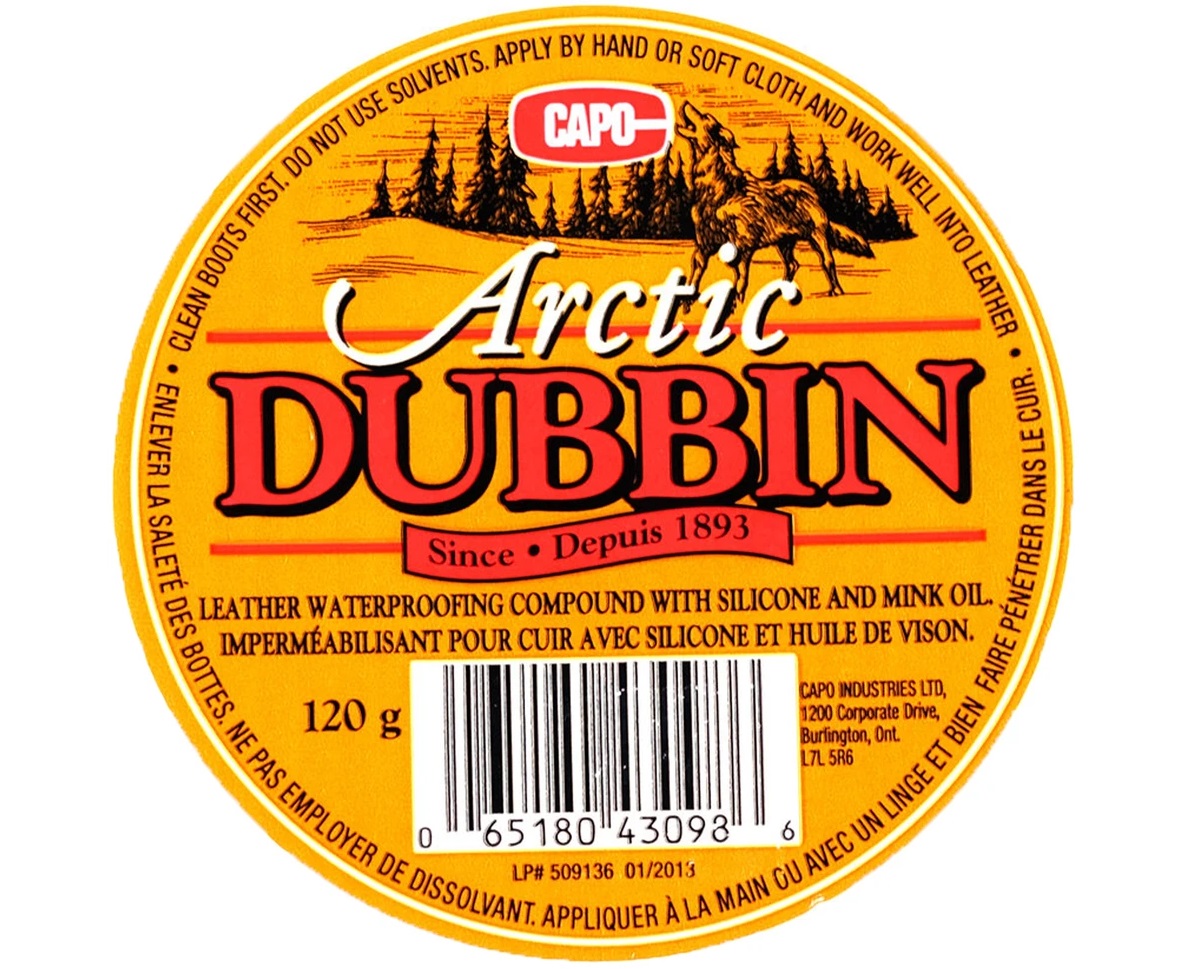Before 1940, tallow was probably the most common oil for leather care.
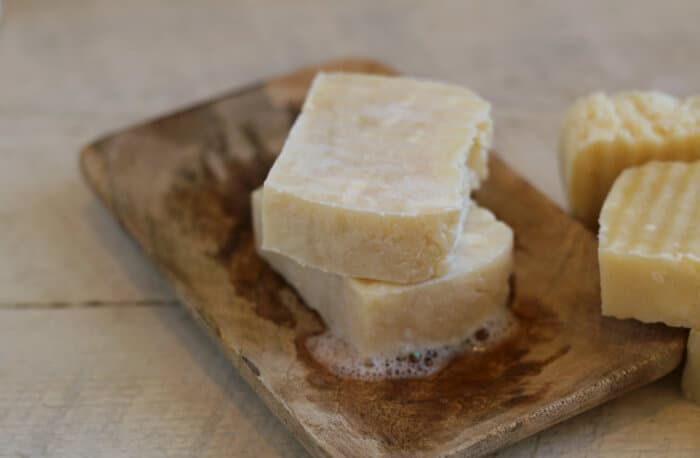
In Britain, it has another name, Curriers’ Grease.
Currier refers to the operator or service provider of the Currying step, which is also called waxing. This step is to apply wax and grease to the leather surface together and help it absorb.
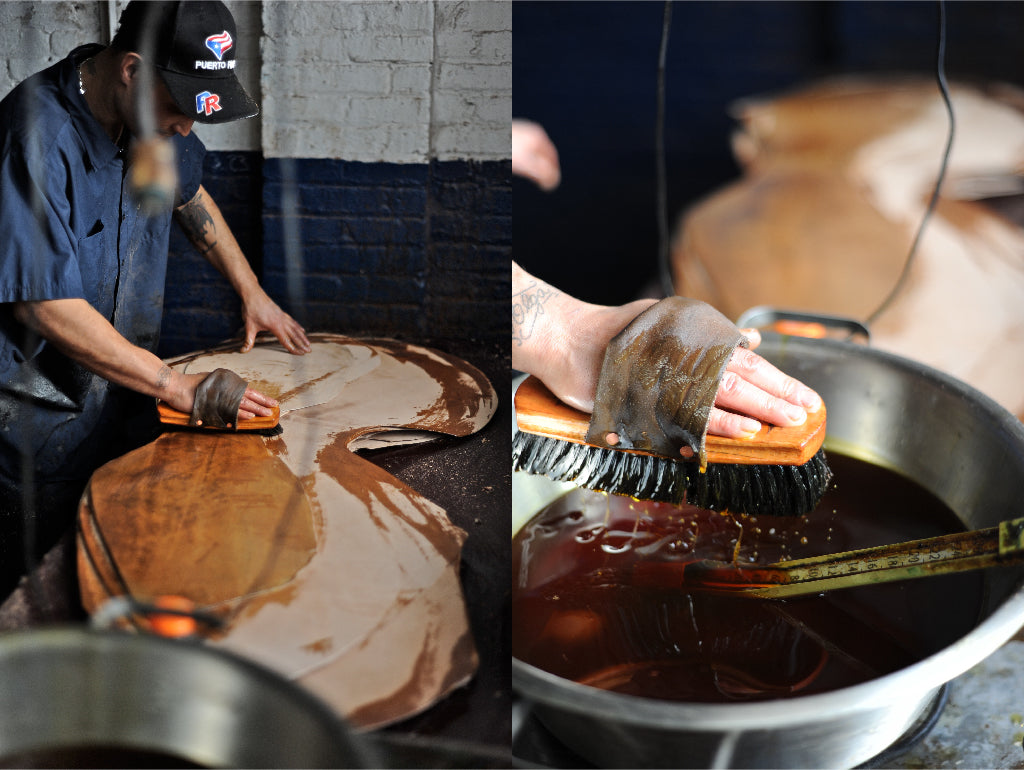
It is in this step that Horween Chromexcel uses steam to accelerate the process.
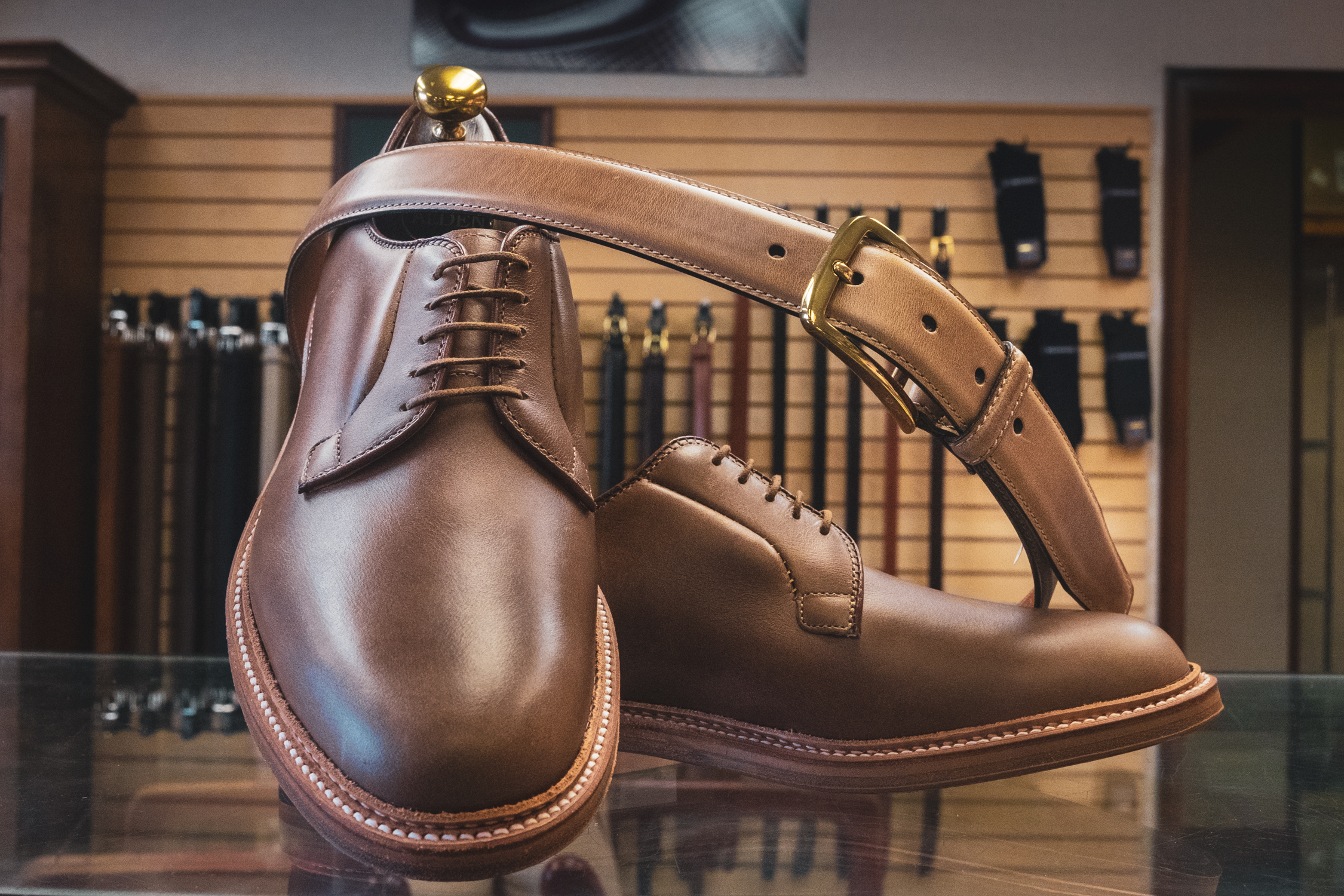
In the United States, military manuals before World War II all contained information on how to use tallow to care for leather equipment, and the name may be more familiar, Dubbin.
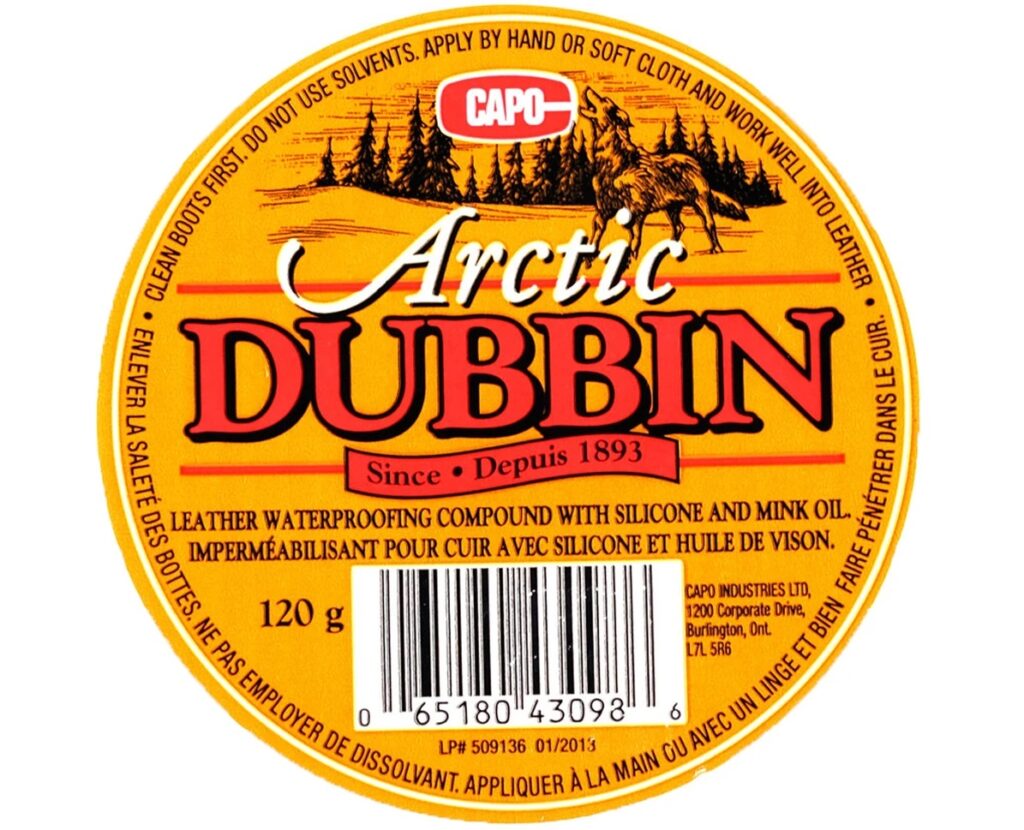
In fact, Britain also uses this word, but wherever it is, it comes from the use of the military.
By the time of World War II, the use of tallow had fallen sharply. One of the main reasons was that tallow was probably the easiest oil to obtain, but now with the progress of petroleum technology, petroleum extracts and many synthetic oils have appeared, so the cost of conditioning oil has dropped.
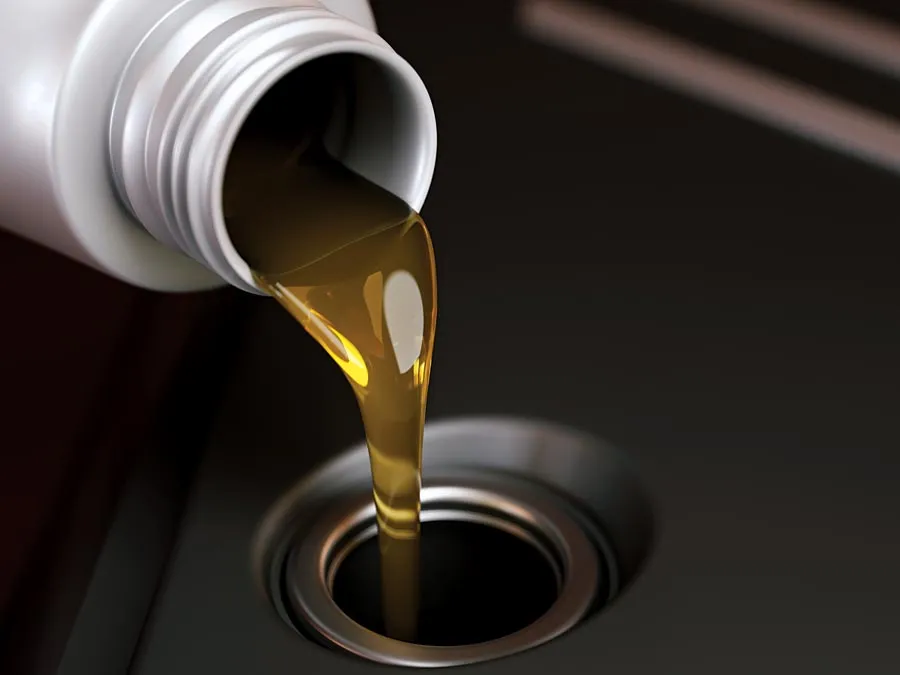
Another reason is that people find that vegetable oil seems to be a better choice for some leather, especially vegetable tanned leather.
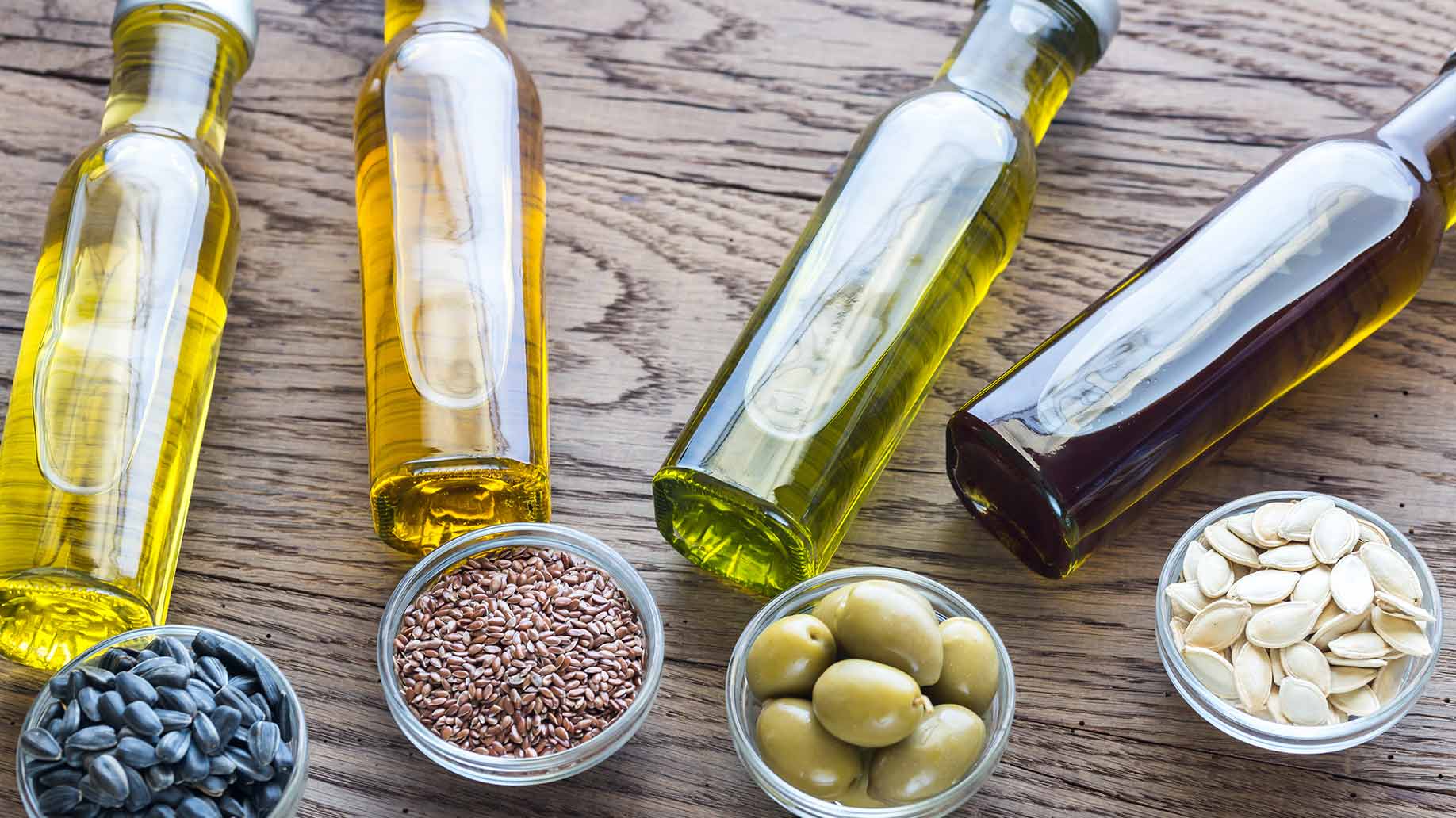
The first reason is that the current Dubbin or Mink Oil products are already made of petroleum extracts and synthetic oils, which are very smelly.
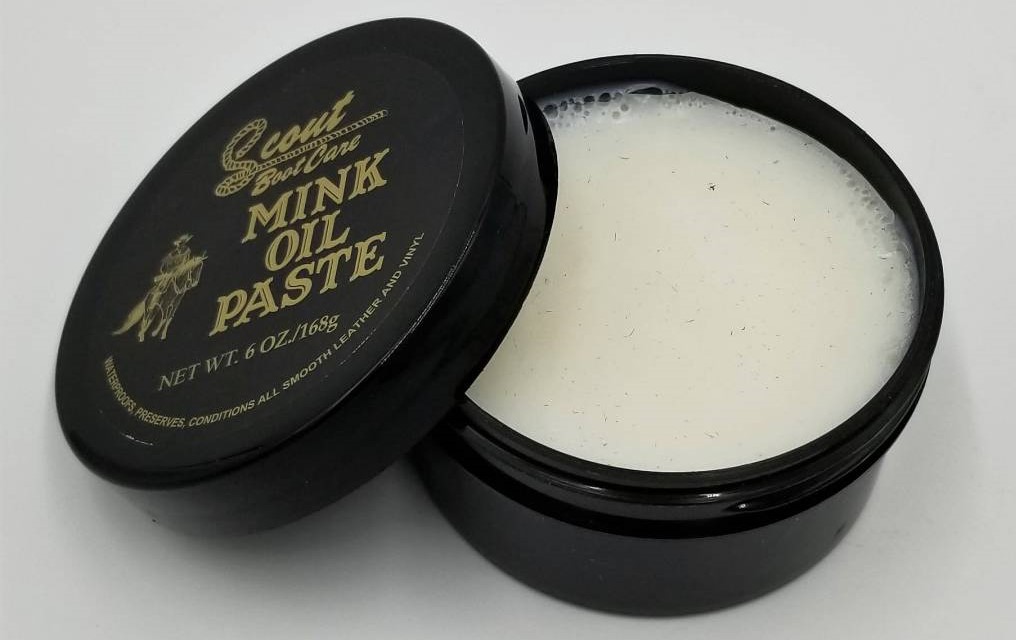
Any grease can play the role of lubricating leather fibers, however there are two considerations:
One is whether it is easy to absorb, such as tallow has a particularly high viscosity and needs heating or cosolvent to help.
The second is that the less prone to oxidation, the better. Oxidation will make oil lose its lubricating function, and it will also accelerate the aging of leather fibers. This is the characteristic of real mink oil. In addition, it can also be achieved by adding other antioxidant substances.

